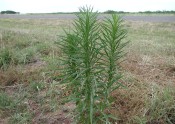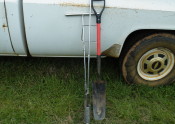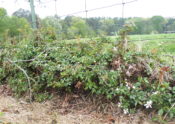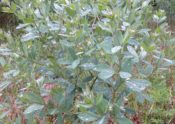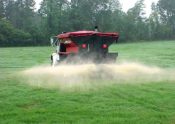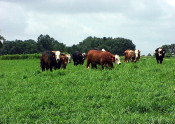
Wild Carrot (Daucus carota): Wild Carrot, also known as queen anne’s lace, is a biennial broadleaf plant. Wild carrot forms a rosette of leaves the first year, then flowers, produces seed, and dies the second year. It forms a deep, whitish taproot that has a distinctive carrot odor. Mature plants reach 2 to 4 feet tall and have erect stems and few branches. Leaves divide several times, forming many long, narrow segments. Leaves on the lower part of the plant have stalks. Those on the upper part of… Read More →


